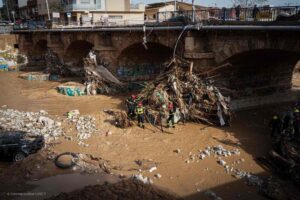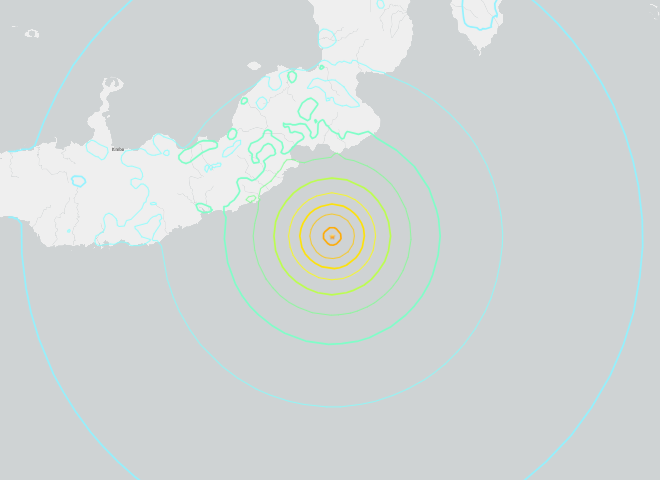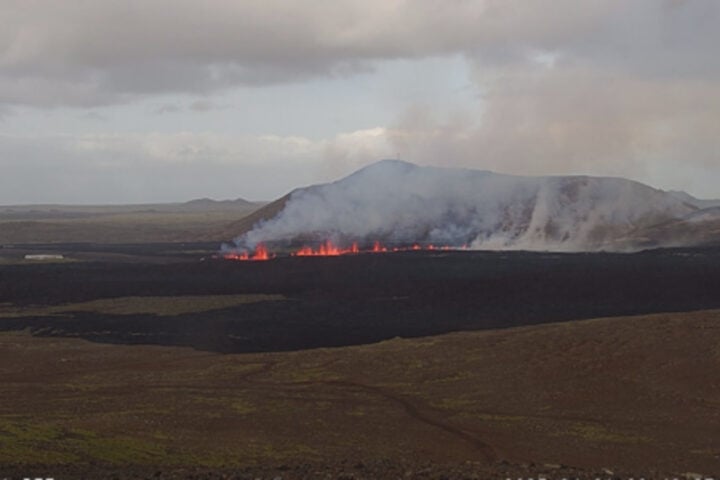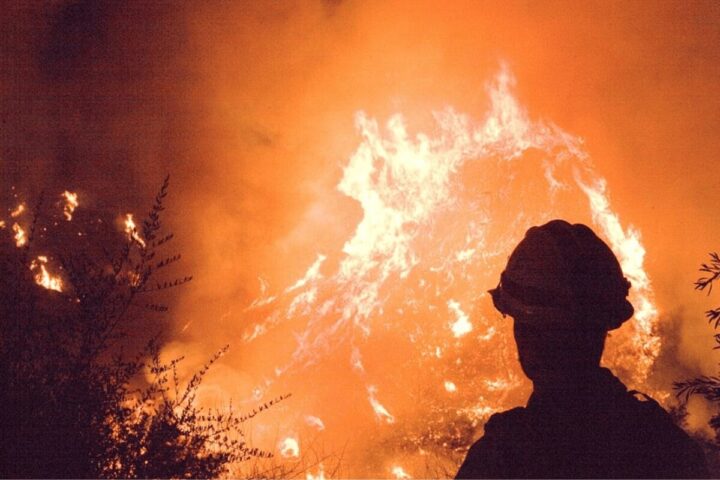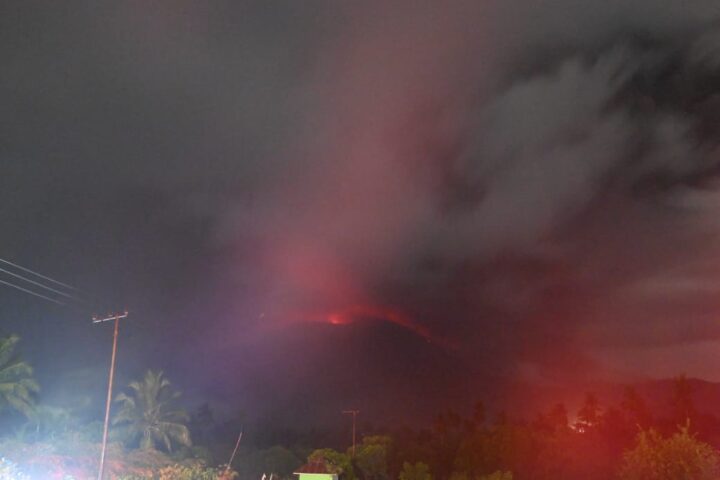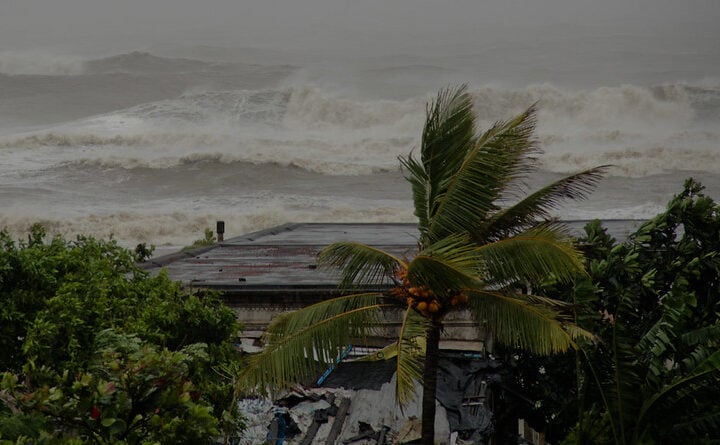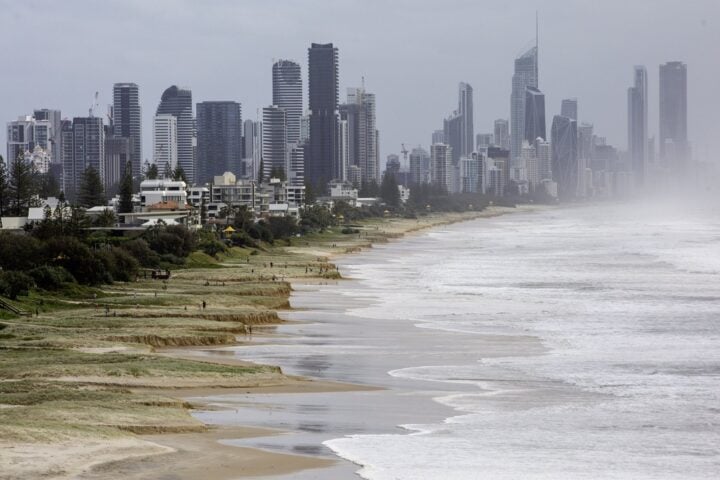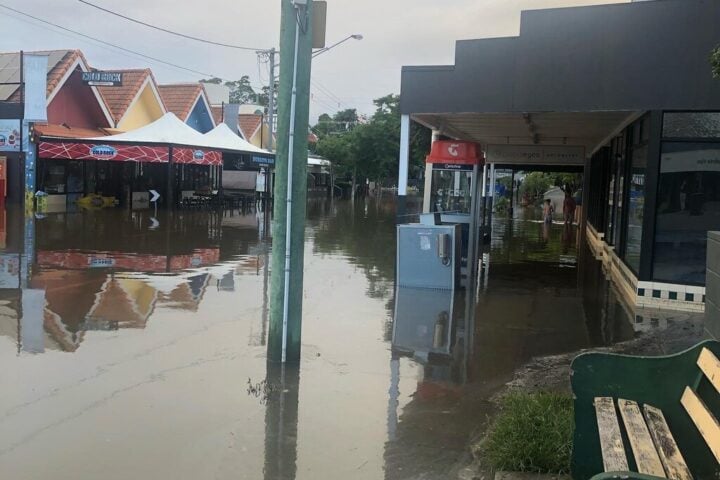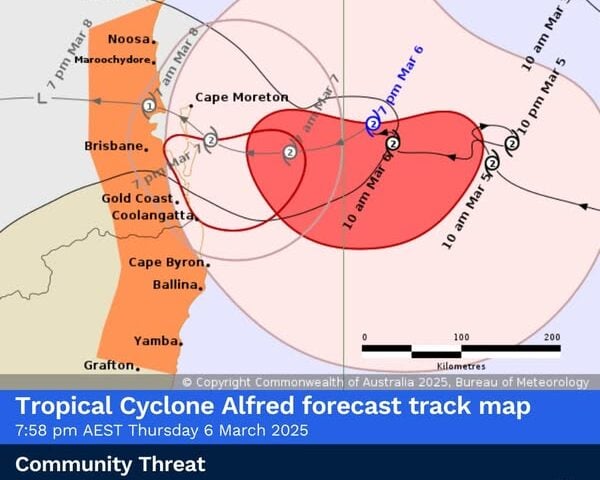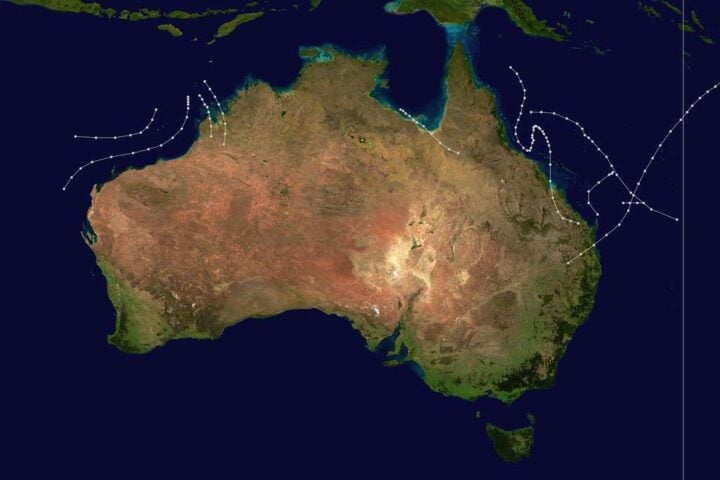On Thursday, November 28, Spain introduced a groundbreaking “climate paid leave” allowing workers to stay home during weather alerts, one month after devastating floods killed 230 people in the southeastern part of the country.
The new measure, adopted by the Council of Ministers as part of a risk prevention package, aims to adapt Spanish labor law to the context of climate emergency, explained Labor Minister Yolanda Díaz on public television RTVE. “In these times when the right denies the climate emergency, this is proof that it exists,” stated Díaz, a figure from the radical left Sumar party. “What we are doing for the first time in Spanish legislation is regulating based on the climate emergency with a series of rules that will remain in our legal system.”
Key Features of the Climate Leave Policy
The policy allows workers to take a four-day leave, paid by the state, when authorities issue weather alerts. Workers will be protected by law if companies attempt to deny these leaves. While the maximum duration cannot exceed four days, companies can subsequently utilize partial unemployment schemes (ERTE) that already exist for force majeure cases, with public co-responsibility meaning the Treasury covers work absences.
Additionally, a “new green right” enables unions to agree on activity cessation to avoid personnel risks. The minister has not yet detailed the specific types of alerts covered or employee eligibility conditions.
Background and Corporate Response
The policy comes in response to criticism of several companies that required employees to remain at work despite a red alert issued by the National Meteorological Agency (Aemet) during the October 29 floods. These companies countered by blaming authorities for insufficient information distribution, noting that mobile phone alerts were only sent hours after Aemet’s warning.
More Stories
International Context and Future Implications
The Spanish climate leave draws inspiration from similar discussions in Canada, where comparable measures for extreme weather conditions are being considered, including heat wave leaves for schools. Sonia Seneviratne, a climatologist and IPCC scientist, asserts that “we need to let go of the climate of the past,”
Economic Impact and Government Response
Economy Minister Carlos Cuerpo announced a new aid package of 2.3 billion euros for disaster victims. According to experts, the cost of this type of event could double by 2050. The minister emphasized the need to “continue to progress in terms of mobilization, financing, and investment to adapt and be more resilient to these types of events” and minimize their impact.
